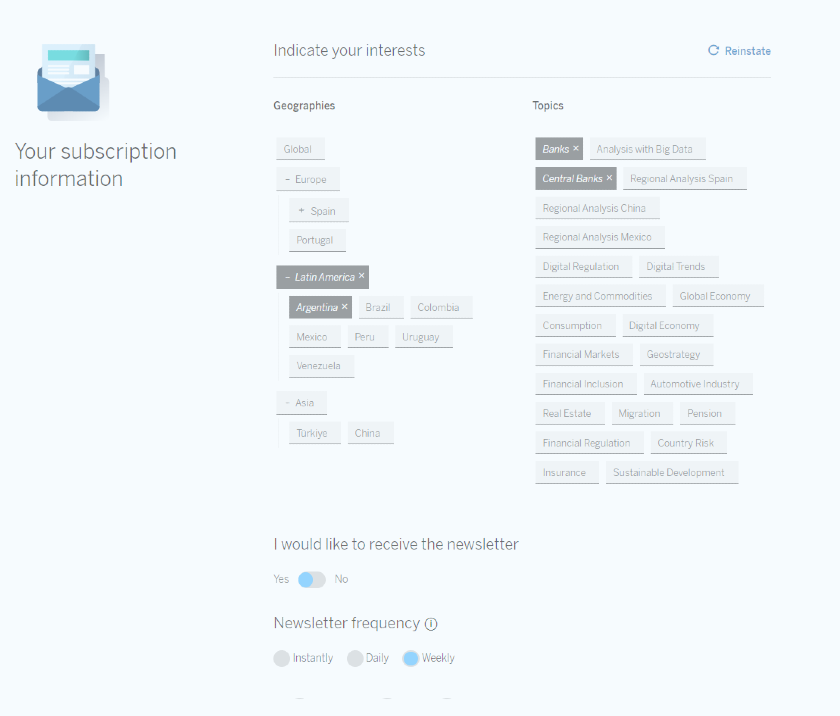April 22, 2025
China Banking Monitor 2025
China’s banks face headwinds in 2025 amid weak credit growth, low profitability, and property sector stress. Narrowing interest margins and declining lending rates have pushed ROA and ROE to record lows. Real estate woes, LGFV debt, and US tariffs weigh heavily on the sector, while links to shadow banking grown modestly.
- Types of files Downloads:
- Files







